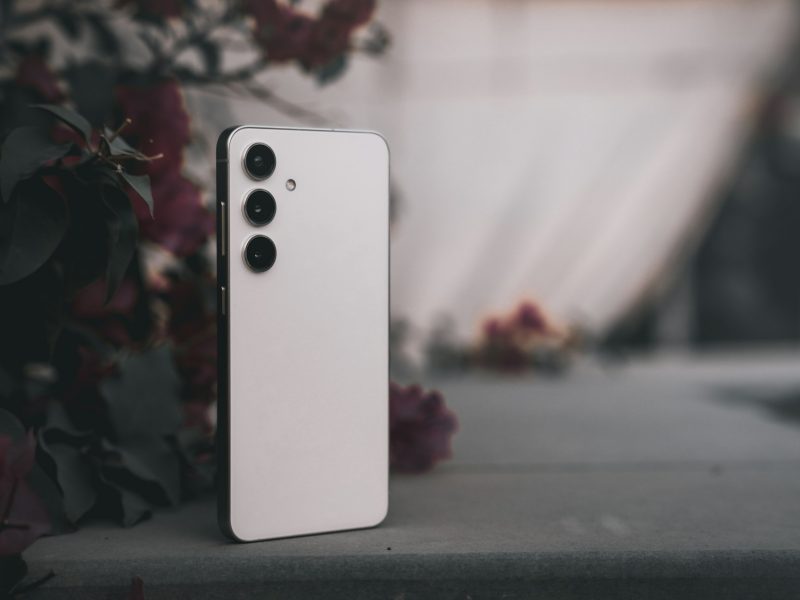As we edge closer to the anticipated launch of the iPhone 16, tech enthusiasts are already turning their gaze to Samsung’s next flagship, the Galaxy S25 Ultra. Though Samsung’s official announcement is still months away, emerging details suggest that the S25 Ultra’s camera might hold fewer surprises than expected, with only a single substantial upgrade in the lineup.
Galaxy S25 Ultra Camera Specifications Revealed
Leaked information indicates the Galaxy S25 Ultra will sport four rear cameras, as follows:
- Primary Camera: 200MP Samsung Isocell HP2 sensor
- Telephoto Lens: 10MP Sony IMX754 with 3x optical zoom
- Periscope Telephoto Lens: 50MP Sony IMX854 with 5x optical zoom and 0.7-micrometer pixel size
- Ultra-Wide-Angle Lens: 50MP Samsung Isocell JN3 with 0.7-micrometer pixel size
For those familiar with the Galaxy S24 Ultra’s camera configuration, these specifications may seem almost identical. Despite anticipation for more drastic improvements, it appears that Samsung has opted to retain much of the same hardware for the S25 Ultra, with one key exception: the ultra-wide-angle camera. Unlike its predecessor, which features a 12MP sensor, the S25 Ultra is rumored to carry a 50MP ultra-wide sensor, potentially enhancing image quality in this category significantly.
The 50MP Samsung Isocell JN3 sensor, while not yet seen in a consumer device, could deliver notable real-world photography improvements, especially for ultra-wide shots. However, the main 200MP Isocell HP2 sensor, introduced in early 2023, will turn two years old by early 2025. Although it’s still a cutting-edge sensor, some users might feel Samsung missed an opportunity to advance further along the imaging technology curve.
Small Process Upgrade for the 200MP Sensor
One optimistic leak from industry insider Ice Universe suggests that the 200MP HP2 sensor might benefit from a “small process upgrade,” though it’s unclear if this will translate into noticeably better photo or video quality over the S24 Ultra. Samsung’s ability to improve upon an existing sensor without a major overhaul could ultimately be the difference-maker, but whether this minor enhancement will appeal to users remains to be seen.
Design and Other Key Specs
Besides the camera setup, several other details about the Galaxy S25 Ultra are taking shape. While it’s important to note that pre-release information is subject to change, many reliable sources are reporting on additional specs and design choices Samsung may implement.
Dimensions and Display: The S25 Ultra is expected to be slightly more compact than its predecessor, with leaked measurements suggesting dimensions of 162.2 x 77.6 x 8.4mm. This design could make the S25 Ultra shorter, narrower, and thinner than the S24 Ultra while weighing a bit less at around 220 grams. Samsung is also expected to expand the screen size slightly, from 6.8 inches to approximately 6.9 inches, delivering more screen real estate in a refined form.
Battery and Performance: Reports suggest Samsung will keep the same 5,000mAh battery capacity, consistent with previous models. Performance, however, is anticipated to receive the usual annual upgrade in processing power. Samsung may also increase the device’s RAM from 12GB to 16GB, a notable change that could significantly improve multitasking and overall performance.
Design Changes: In line with current trends, the Galaxy S25 Ultra may adopt more rounded edges, departing from the sharper design of the S24 Ultra. This subtle shift could help the device stand out among the crowded field of Android flagships without deviating too much from Samsung’s recognizable aesthetic.
Looking Ahead to the Galaxy S25 Ultra
As always with pre-release information, it’s essential to remember that no details are final until Samsung officially reveals the device. While some tech fans may be underwhelmed by the incremental changes in the camera setup, others might appreciate the refinements in the ultra-wide lens and the other design tweaks Samsung is planning.
As we await more information in the coming months, the Galaxy S25 Ultra looks to be a careful evolution of Samsung’s flagship line, balancing modest upgrades in imaging with significant improvements in performance and user experience. Whether this approach will resonate with consumers will depend on how these enhancements translate in real-world use when the S25 Ultra finally hits the market.
